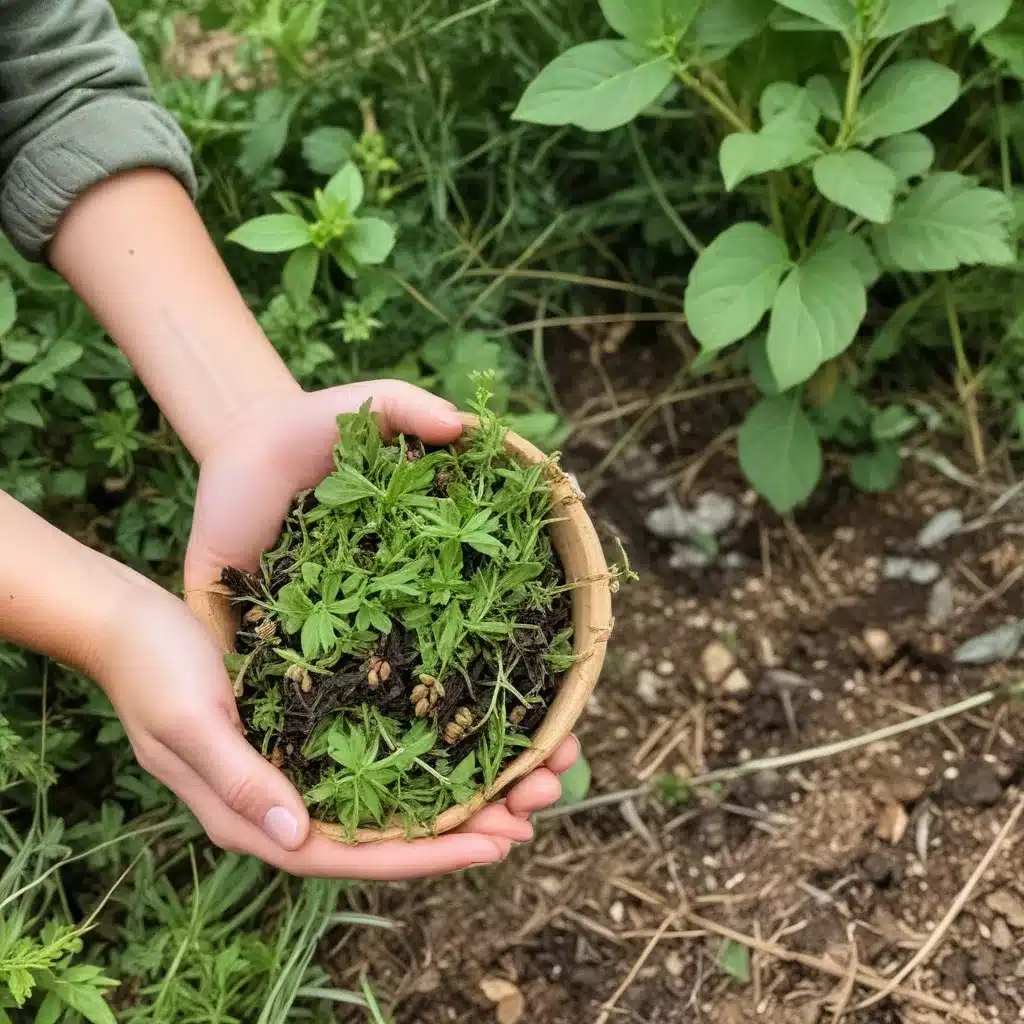
Nestled amidst the lush farmlands of Crooked Pines, a world of wild edible delights awaits curious foragers. Step beyond the cultivated rows and uncover the bounty nature provides, from nutritious greens and vibrant berries to surprising mushroom treasures. Foraging offers a unique opportunity to connect with the land, supplement your farm-fresh fare, and instill a sense of wonder in the next generation.
Understanding Edible Wild Plants
Foraging may seem daunting at first, but with a little knowledge and practice, you can safely identify and enjoy a wide array of edible wild plants. The key lies in careful observation and research to discern the distinguishing features of each species.
Identifying Edible Species
Start by familiarizing yourself with common wild greens like dandelion, purslane, and lambsquarters. These nutritious leaves can be harvested throughout the growing season and incorporated into salads, smoothies, or sautéed dishes. Many also have edible flowers and stems worth exploring.
Beyond greens, look for wild berries such as blackberries, serviceberries, and elderberries. These colorful gems can be enjoyed fresh, baked into pies, or transformed into jams and syrups. Be mindful to avoid any potentially toxic lookalikes, like poisonous baneberries or nightshades.
Foraging for wild mushrooms requires extra caution, but the rewards can be exceptional. On our farm, we’ve discovered delectable oyster, chicken, and puffball mushrooms, each with their own unique flavors and textures. Consult a reliable field guide or local expert before consuming any unfamiliar fungus.
Nutritional Benefits
Wild edibles often outshine their cultivated counterparts in terms of nutrient density. Foraged greens, for example, tend to be richer in vitamins, minerals, and antioxidants. Incorporating these nutrient-dense ingredients into your family’s diet can provide an extra boost of nourishment.
Seasonality and Availability
The availability of wild edibles ebbs and flows with the seasons. In early spring, look for wild ramps, fiddlehead ferns, and morel mushrooms. Summer brings an abundance of berries, greens, and edible flowers. Come autumn, seek out chestnuts, hickory nuts**, and the final mushroom flushes of the year.
Understanding the seasonal patterns of your local wild edibles will help you time your foraging adventures for maximum bounty. Keep a running list of your favorite finds and where you’ve encountered them.
Farmland Foraging Considerations
Integrating foraging into your farm lifestyle requires a mindful approach to ensure sustainability and safety.
Sustainable Harvesting Practices
When foraging, resist the urge to strip an area bare. Instead, take only what you need, leaving ample resources for wildlife and future regrowth. Avoid disturbing sensitive habitats or endangered species. Respect the land and its delicate balance.
Legal and Safety Aspects
Before venturing out, familiarize yourself with any local foraging regulations or private property boundaries. Avoid areas that may have been treated with pesticides or other contaminants. When in doubt, err on the side of caution.
Integrating with Farming Activities
Incorporate foraging into your farm’s educational programming, leading nature walks for visitors to discover edible wild plants. Highlight these foraged finds in your farm-to-table recipes or use them to add a unique twist to your DIY crafts.
Culinary Applications of Foraged Finds
The true joy of foraging lies in the opportunity to infuse your meals and creations with the flavors of the wild. Experiment with incorporating your foraged treasures into a variety of dishes.
Wild Greens and Herbs
Beyond salads, you can sauté wild greens in olive oil with garlic, or blend them into nutrient-packed smoothies. Dried wild herbs make excellent seasonings, while edible flowers lend a beautiful and flavorful touch to everything from baked goods to cocktails.
Edible Flowers and Berries
Foraged edible flowers like nasturtiums, violets, and clover can transform a simple salad or dessert into a work of art. Wild berries, meanwhile, are a perfect addition to jams, syrups, and pies.
Integrating Foraged Ingredients
Experiment with incorporating foraged finds into your farm-to-table recipes. A sprinkle of wild mushrooms can elevate a simple pasta dish, while foraged greens make a wholesome and delicious pizza topping. The possibilities are endless!
The History of Farmland Foraging
Foraging has long been an integral part of traditional agricultural practices, and the revival of this time-honored tradition is gaining momentum.
Traditional Foraging Practices
For generations, farming families have supplemented their crops by gathering edible weeds, wild berries, and medicinal plants from the edges of their fields and the surrounding woodlands. These foraged bounties provided valuable nutrition, flavor, and self-reliance.
Reviving Forgotten Food Sources
In our modern, industrialized food system, many of these forgotten wild edibles have fallen out of favor. But as consumers seek more diverse, sustainable, and nutritious food sources, the appeal of foraging is making a comeback. Rediscovering these wild edibles can add excitement and variety to your family’s meals.
The Modern Foraging Movement
Across the country, a growing number of farms and homesteads are embracing the practice of foraging. From hosting educational workshops to incorporating foraged finds into their value-added products, these pioneers are leading the charge in reconnecting people with the abundance of nature.
At Crooked Pines Farm, we’re proud to be part of this modern foraging movement. By teaching our visitors about edible wild plants, we hope to inspire a deeper appreciation for the natural world and encourage families to explore the bounty of their own backyards and farmlands.
So grab a basket, a field guide, and your curiosity, and embark on a foraging adventure at Crooked Pines Farm. The wild, edible treasures that await will delight your senses and nourish your body and soul.


